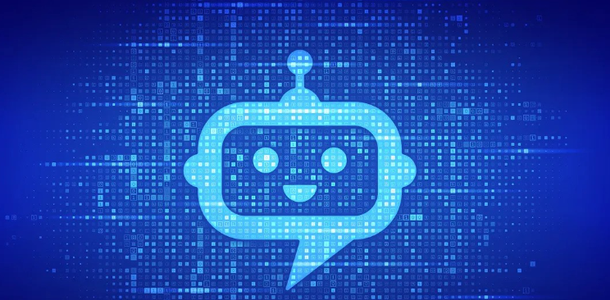What’s behind the declining performance of AI chatbots?

AI chatbot performance declining despite technological advances
In recent years, AI chatbots have become an integral part of daily life, but recent studies show worrying trends regarding the evolution of these technologies. A study titled "Larger and more instructable language models become less reliable," published in the Nature Scientific Journal, highlights that newer AI models are making more mistakes over time, despite being technologically more advanced.
Why do AI chatbots make mistakes?
According to Lexin Zhou, one of the study's authors, AI systems often prioritize generating convincing responses over accurately representing reality. This can lead to incorrect or inaccurate answers. Researchers call this phenomenon "model collapse," which becomes particularly problematic when newer models are trained using older language models, amplifying the original mistakes and causing the new systems to produce more faulty responses.
The problem of AI hallucinations
AI hallucinations, or incorrect answers that appear credible at first glance, are becoming more common in chatbots. These misleading responses can be particularly problematic, as users may struggle to verify the information, especially when they rely solely on the chatbot for further questions. This issue is especially critical in customer service chatbots, where accurate information is essential.
Industry experts, like Jensen Huang, CEO of Nvidia, have suggested that chatbots should provide sources for every response to enhance reliability. Although many current AI models have implemented this feature, errors still occur frequently, indicating that AI development faces many ongoing challenges.
AI advancements and future directions
Matt Shumer, CEO of HyperWrite AI, recently announced that the company’s new 70 billion-parameter model utilizes a technique called "Reflection-Tuning." This innovative approach allows the AI to analyze and evaluate its own previous answers, continuously refining them. The goal of this technology is for AI to improve over time and minimize the appearance of incorrect information.
The essence of Reflection-Tuning is that the model can correct itself without human intervention. Shumer and his team hope that this solution will significantly improve the reliability of AI systems, especially when handling complex or new information. This could be particularly important in fields where accuracy is crucial, such as business analysis or customer service interactions.
This technological innovation also suggests that in the future, AI-powered systems could become more autonomous and sophisticated, gradually reducing the need for user oversight.